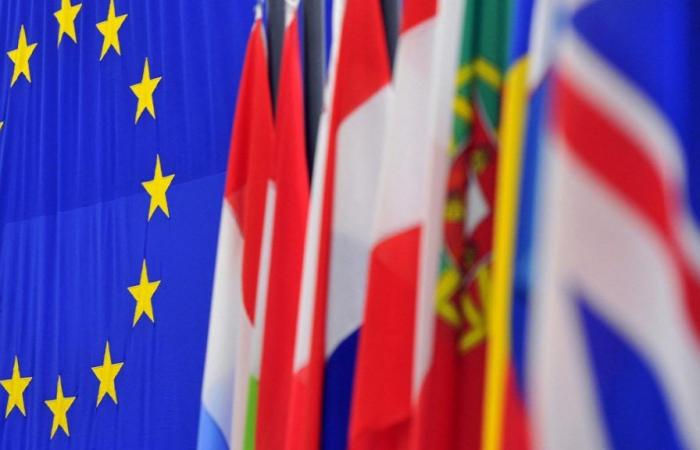The Council (Member States) of the European Union definitively adopted, Monday in Luxembourg, the draft European regulation on the restoration of degraded ecosystems.
This vote was supported by 20 Member States representing 66.07% of the EU population, a qualified majority. Only six countries voted against (Italy, Hungary, Netherlands, Poland, Finland, Sweden). Belgium abstained, not having received the green light from Flanders.
The adoption, which resulted from an about-face by Austria this weekend, ends two years of bitter political controversy within the European Union. Flagship project of the European Green Deal in its biodiversity aspect, this legislation sets for Member States the objective of restoring at least 20% of degraded ecosystems (lands and seas) in the EU by 2030 and all ecosystems having need to be restored by 2050.
She was targeted by the European People’s Party (EPP, conservatives) under agricultural pressure, as well as by leaders who, like Belgian Prime Minister Alexander De Croo, called for a “break” in EU climate laws.
The regulation will now be published in the Official Journal of the EU, for entry into force 20 days later.
“There is no time for a pause in protecting our environment“, reacted Brussels Minister Alain Maron (Ecolo), who chaired the meeting of 27 Environment Ministers. He underlined the duty of political leaders to respond to the urgency of “the collapse of biodiversity in Europe“, but also to meet Belgium’s international commitments. “The European delegation can now go to the next COP with their heads held high“, he added, referring to the United Nations Conference on Biodiversity.
More than 80% of European habitats are in poor condition. EU countries must now restore at least 30% of them by 2030, 60% by 2040 and 90% by 2050. This includes forests, meadows, wetlands, rivers, lakes and coral beds, with priority to Natura 2000 zones. Three billion additional trees will have to be planted and 25,000 km of waterways restored to free flow. Urban tree cover cannot decline. Peatland restoration is also central, as one of the most cost-effective ways to reduce emissions in the agricultural sector.
europe nature restoration law






